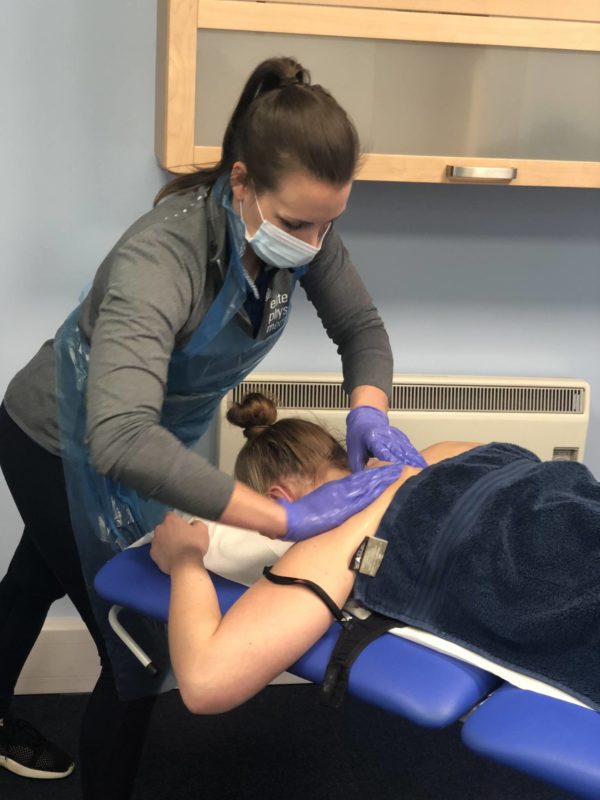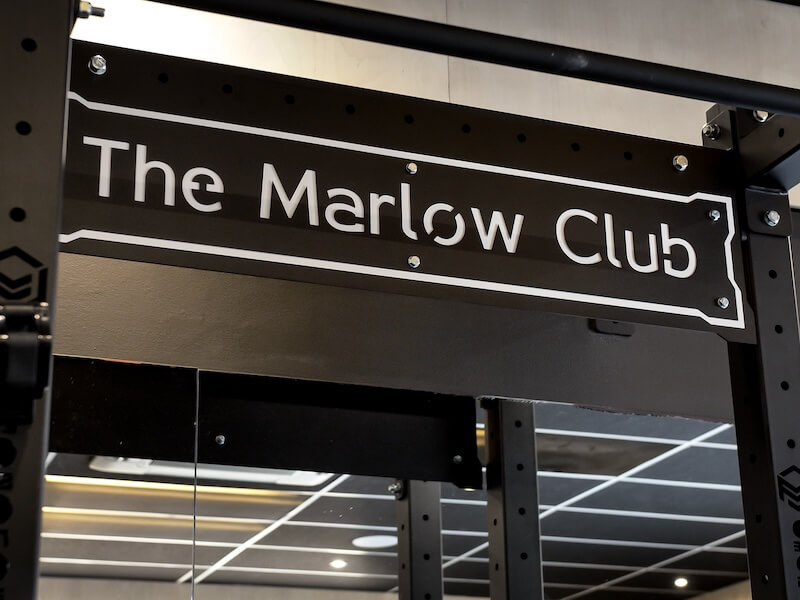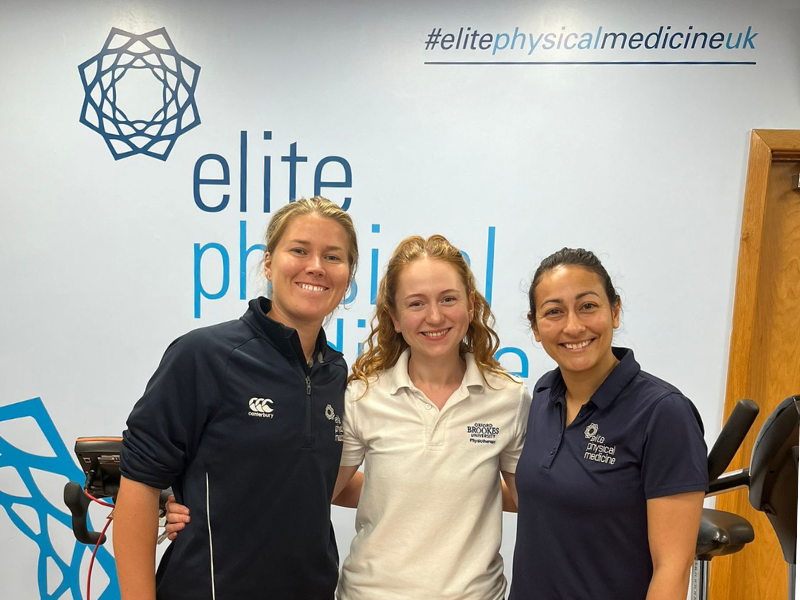Manual Therapy and Soft Tissue Techniques
Written by: Faye Appleby
17 February 2021
Description
Manual therapy is a treatment option and service we offer at Elite Physical Medicine, it is defined as ‘skilled hand movements intended to improve tissue extensibility’.
The aim of the treatment is to increase any lost range and to decrease pain, allowing our patients to regain normal functional movement pattern. This is usually a hands on treatment which can be used to treat patients presenting with decreased range of motion.
Purpose
Often manual therapy is used in acute injuries, which are causing restriction in joints moving within the normal range.
For example, following an ankle inversion injury (ankle-roll) soft tissue techniques and manual therapy can be used as part of the treatment. The physiotherapist would start by working the ankle joint through passive movements within the available pain-free range, gradually building the treatment as able.

Usually manual therapy techniques are most effective in regaining lost range when used alongside exercise therapy.
The Mulligan’s concept can also be used as another therapy technique to promote recovery. This involves the patient moving the injured limb against the physiotherapist’s resistance to improve muscle activation and timing, and joint range of movement.
If the physiotherapist concludes that joint range has decreased as a result of weak or shortened muscles, soft tissue techniques can be used as well. Our physiotherapist’s use selected soft tissue techniques such as massage or muscle stretching to increase the length of tight or restricted muscle groups, resulting in improved mobility and function.
Other manual therapy techniques include:
- Active Release Techniques
- Joint Manipulation
- Joint Mobilisation
- Lymph Drainage
- Traction
- Trigger Point Therapy
Evidence-based practice
There is developing research and a long history of manual therapy and soft tissue techniques contributing to physiotherapy. Particularly, there is increasing evidence to the beneficial psychological and physiological effects from manual therapy.
Research has clarified manual therapy as a treatment solution to improve pain, function, and to facilitate pain-free movement, without fixing any structural deficits. Therefore, at Elite we use manual therapy and soft tissue techniques in combination with exercise and other treatments. It is an adjunct therapy, to assist the primary treatment rather than a sole treatment modality.
If you are struggling with restricted movement, muscle tightness or persisted pain. Manual therapy may assist within your treatment to getting back to normal function.
Contact the clinic on 01296 437717 to book an assessment.
References:
- Bialosky, J., Bishop, M., Price, D., Robinson, M., George, S., (2009) ‘The mechanisms of manual therapy in the treatment of musculoskeletal pain: A comprehensive model’. Manual Therapy. 14(5) pp. 531-538. doi: 10.1016/j.math.2008.09.001
- Geri, T., Viceconti, A., Minacci, M., Rossettini, G., (2019) ‘Manual therapy: Exploiting the role of human touch’. Musculoskeletal Science and Practice.44. doi: 10.1016/j.msksp.2019.07.008
- Gogate, N., Satpute, K., Hall, T., (2021) ‘The effectiveness of mobilization with movement on pain, balance and function following acute and subacute inversion ankle sprain – A randomized, placebo controlled trial’. Physical Therapy in Sport. 48 pp. 91-100. doi: 10.1016/j.ptsp.2020.12.016
- Placzek, J., and Boyce, D., (2017) Orthopaedic Physical Therapy Secrets. 1stedn. Elsevier: London.
- Lewis, J., O’Sullivan, P., (2018) ‘Is it time to reframe how we care for people with non-traumatic musculoskeletal pain?’ British Journal of Sports Medicine.52(24). doi:10.1136/bjsports-2018-099198



